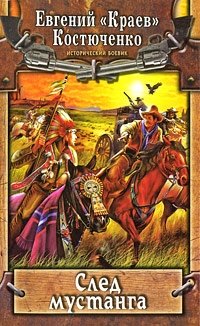Excerpt from How to Pitch
Denton T. Young, whose marvelous no-hit and no-run game pitched for the Boston American League club during the season of 1904, followed by another no-hit and no-run game in 1908, but one player reaching first base, established him as one of the greatest men who ever placed his foot against the pitcher's plate; whose term of service has been so long that he enjoys the greatest reputation of any pitcher for continued good work in the box, is one of the pitchers who has seldom been troubled with wildness, and his remarks upon accuracy in pitching are especially valuable.
There are young players in base ball who have what might be called natural control. Before they picked up a base ball for the first time, I venture to say that they could throw stones and pebbles more accurately than their companions, even if they were not able to throw them so far. Possibly every other boy in the neighborhood could throw a green apple swifter, but it was this particular boy, with his greater accuracy, who hit the mark.
That is what I call natural control, and the moment that boy begins to practice pitching, if he should, it will be found that he keeps the ball near the plate all the time, and that he is effective against other teams, much to the surprise of his companions, who note that he is not a swift thrower nor a long-distance thrower.
Every boy, who tries to become a pitcher, should make an effort to secure the same control of a ball as this boy has with his natural gift of accuracy. Speed is decidedly a bad qualification for pitching unless accuracy goes with it. That is why so many slow pitchers are successful in professional base ball. Speed that gives bases on balls is equivalent to giving base hits, and to permit hits to be made is the first step toward defeat.
To obtain this control of the ball, which is so essential to success, there is nothing to my mind like practice. It is not necessary that one should paint out a white spot on some dark background and throw at it until tired. I know of young pitchers who have tried that sort of thing, and it always amused me. The most that it did was to accustom them to hitting with some accuracy a stationary target. A batter is not a stationary target, hence the worthlessness of such practice.
About the Publisher
Forgotten Books publishes hundreds of thousands of rare and classic books. Find more at www.forgottenbooks.com
This book is a reproduction of an important historical work. Forgotten Books uses state-of-the-art technology to digitally reconstruct the work, preserving the original format whilst repairing imperfections present in the aged copy. In rare cases, an imperfection in the original, such as a blemish or missing page, may be replicated in our edition. We do, however, repair the vast majority of imperfections successfully; any imperfections that remain are intentionally left to preserve the state of such historical works. Это и многое другое вы найдете в книге How to Pitch (Classic Reprint) (John B. Foster)















